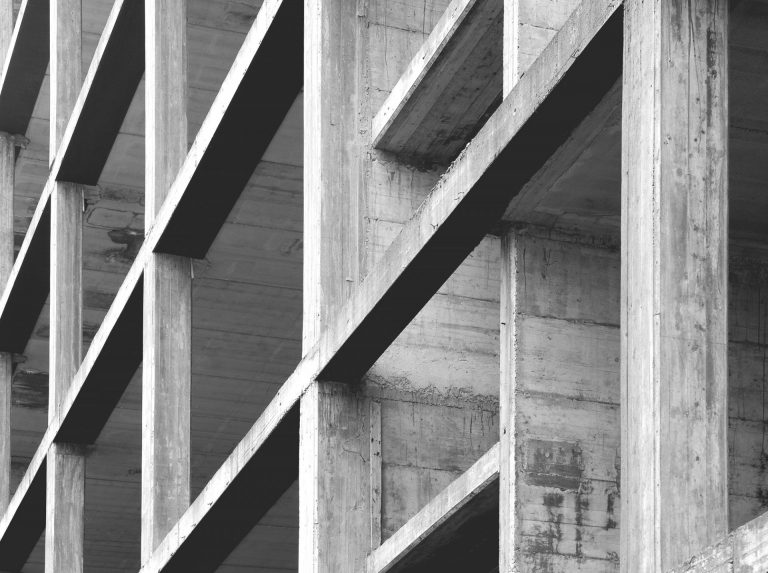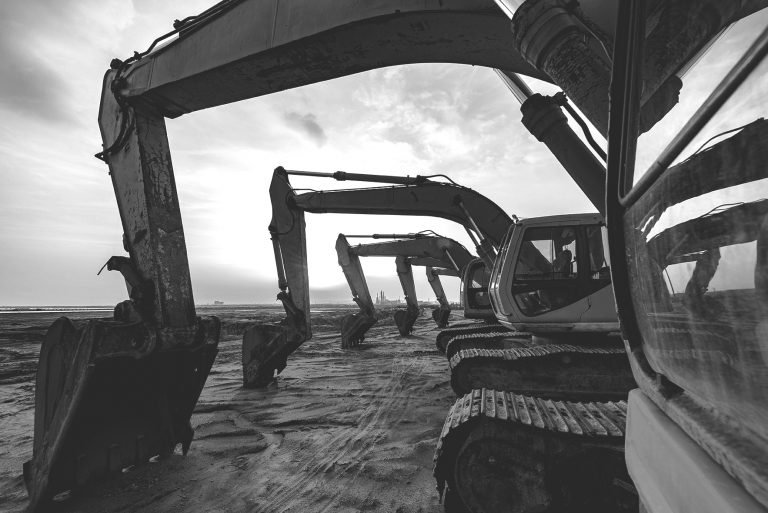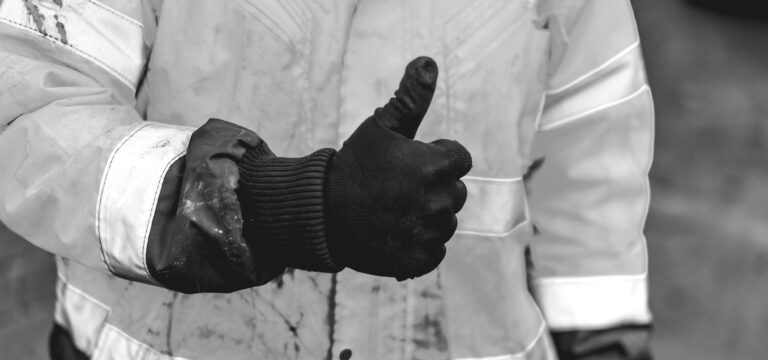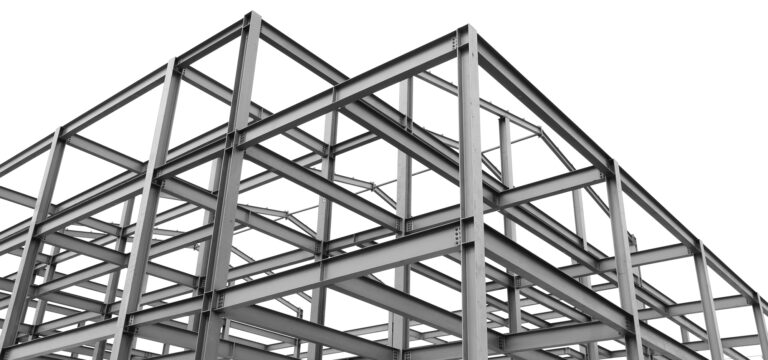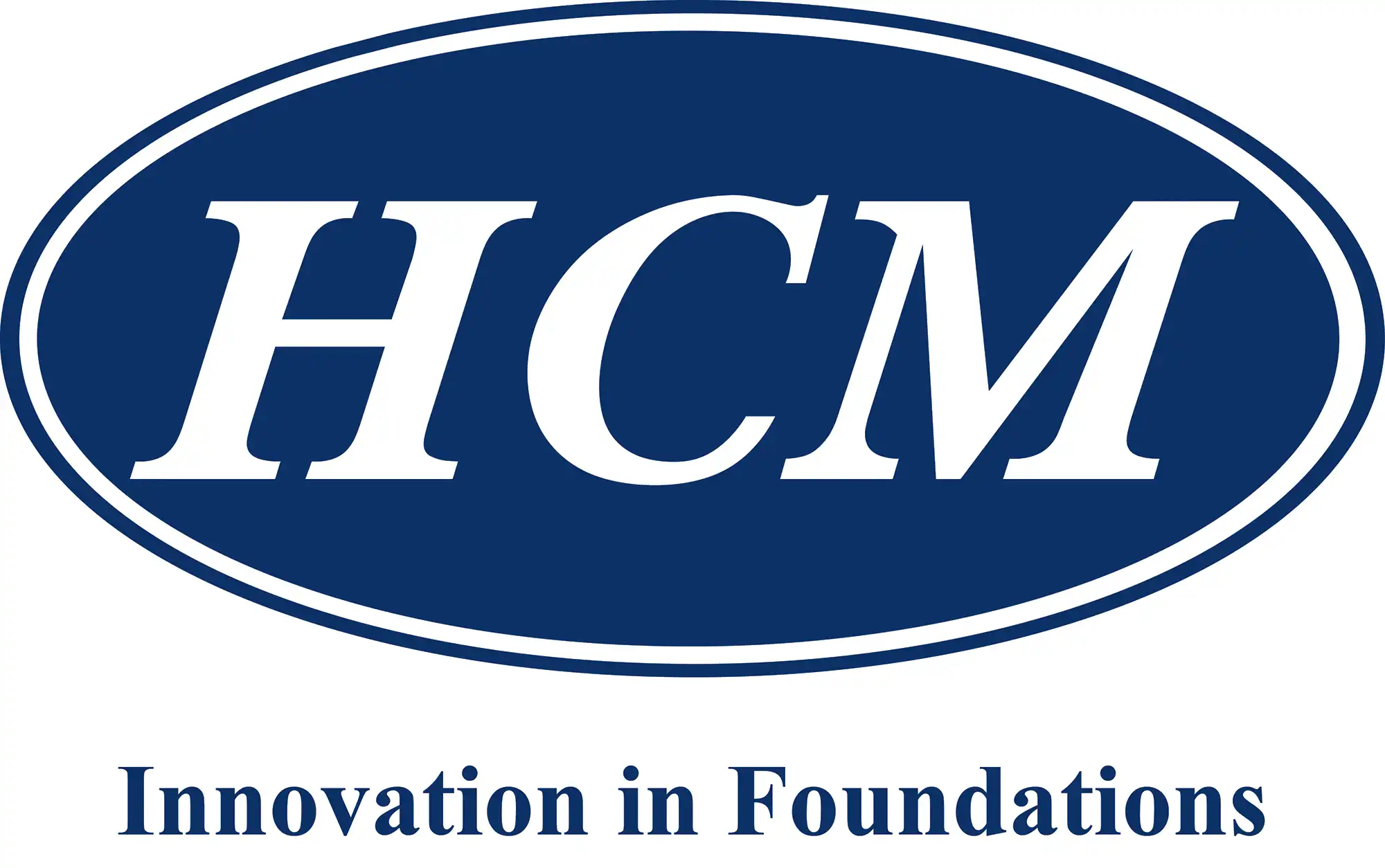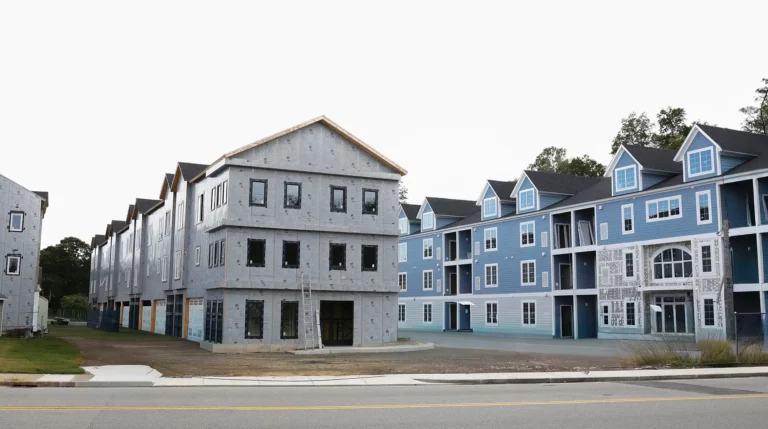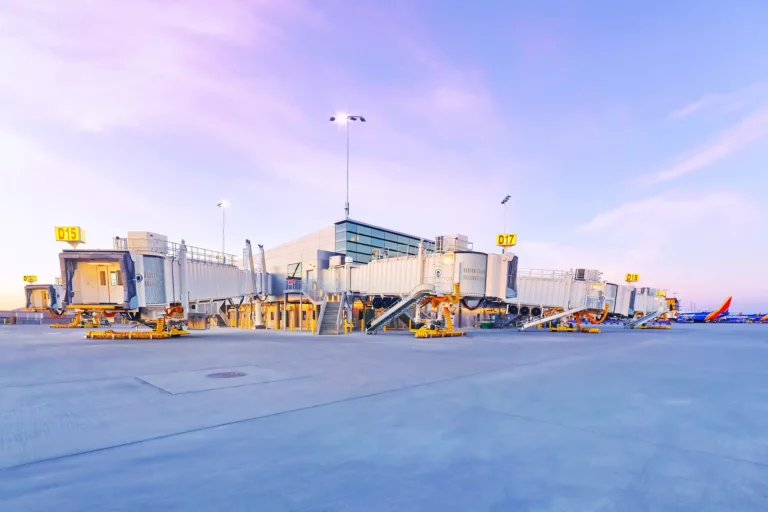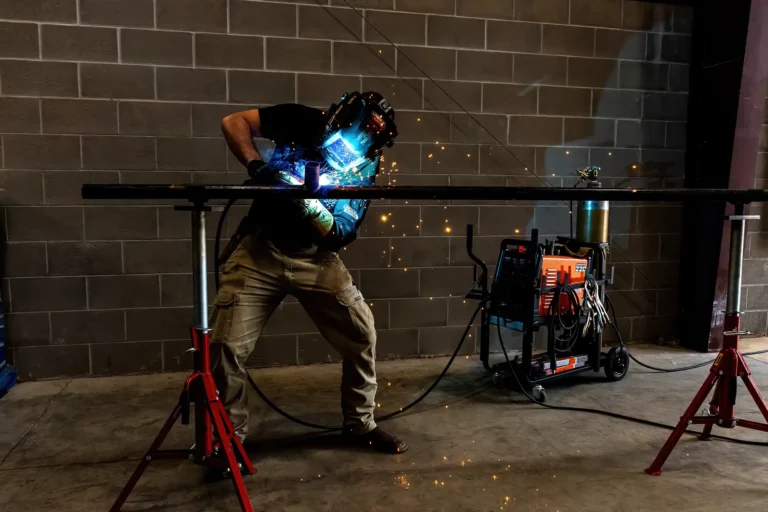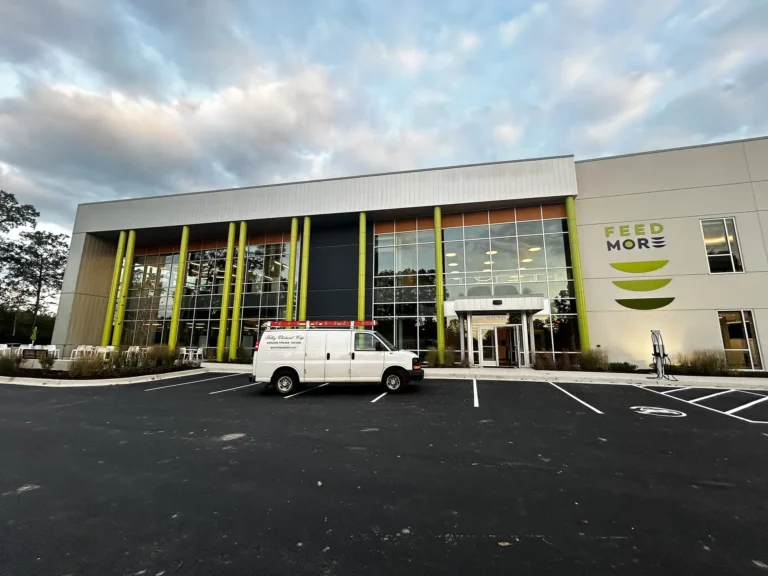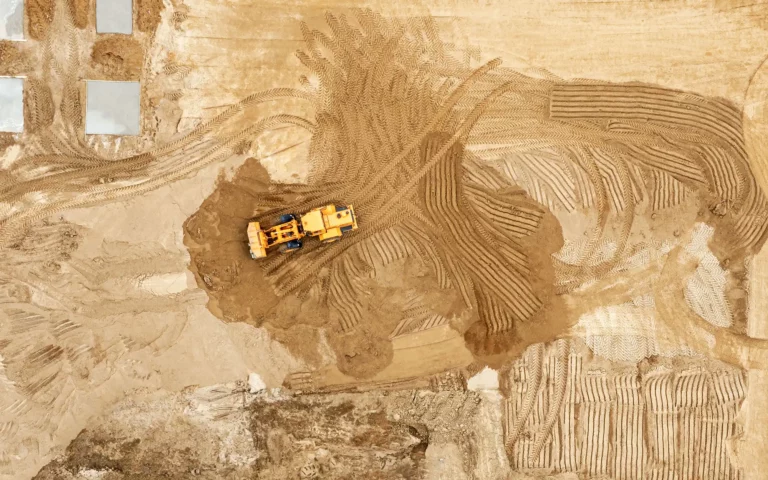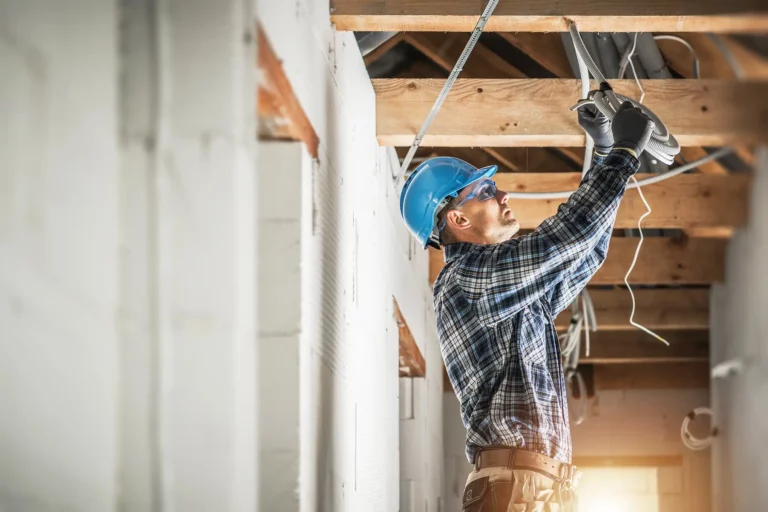Not all soil is naturally suited for the work of construction. Sometimes, projects call for additional systems to stabilize the ground and secure excavation sites. This process, known as earth-retention shoring, is carried out to the highest quality in Ontario by HC Matcon Inc. Founded in 2001, HC Matcon Inc. is a full-service shoring and deep-foundations contractor specializing in sustainable solutions such as helical piles, micropiles, driven piles, ground improvement, shotcrete, and structural shotcrete. The company forms part of the wider HCM Group, which also serves Ottawa and Western Canada.
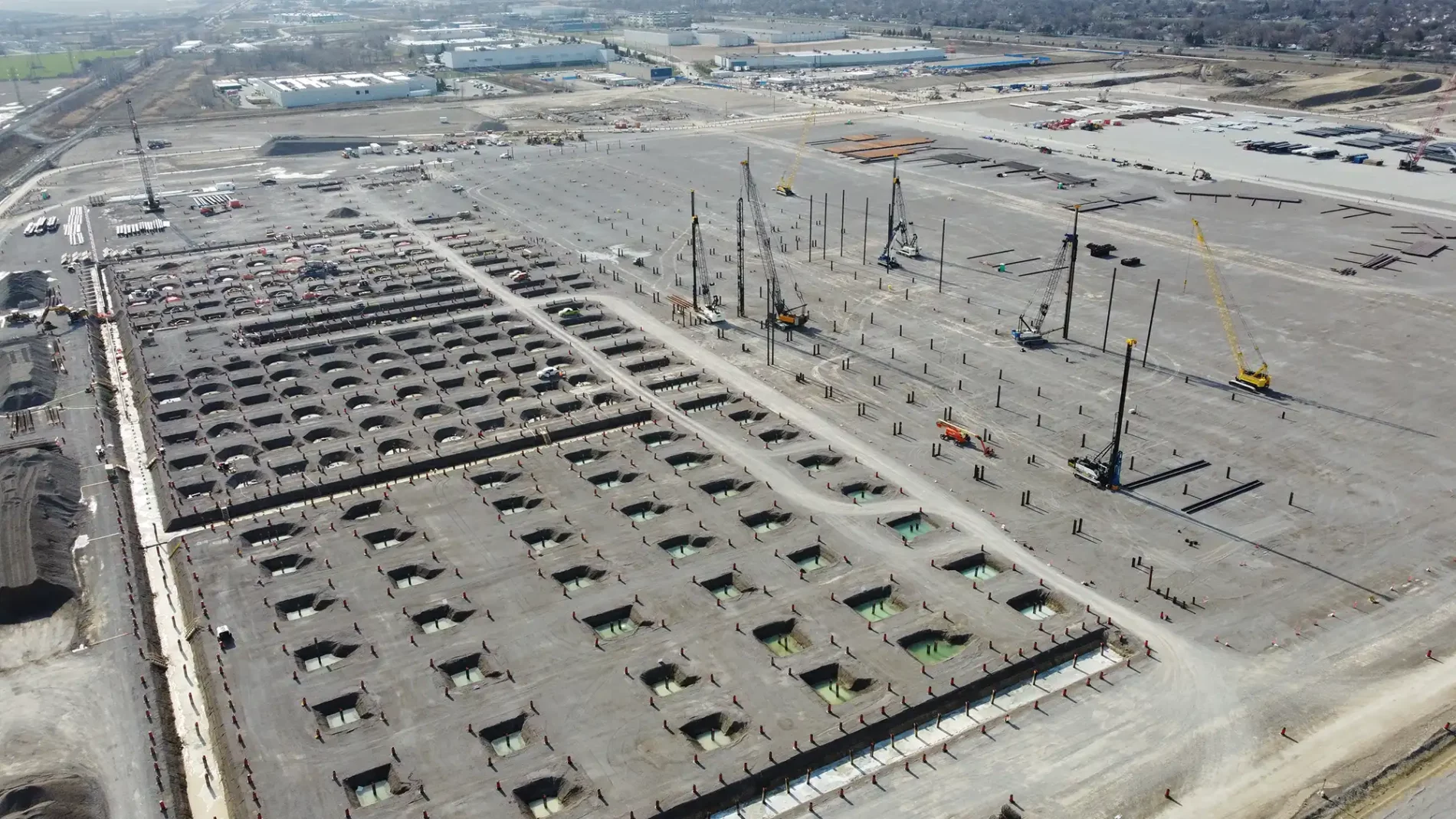
Dawson Ham, Estimator and Project Manager at HC Matcon Inc., offers insight into the company’s work and the innovative engineered systems it has become known for. “When you have an excavation site in close proximity to a building, or one that is deep enough to warrant support, we design and install the systems that hold those excavations open,” he explains. “Essentially, those elements are required when the ground on the site you’re working on isn’t suitable for safe open excavation. Additionally, sometimes you have to install deeper foundations to ensure the building is held up and doesn’t settle.”
As Dawson notes, the type and quality of the ground beneath a project is of vital importance, often requiring work in and of itself. “Ground improvements are needed in construction scenarios where existing soil conditions are too weak, compressible, unstable, or permeable to reliably support structural loads,” he says. “They are commonly required when traditional foundation solutions are not feasible or would be too expensive. These measures address poor ground by increasing strength, reducing settlement, improving drainage, and enhancing overall stability.”
To this end, HC Matcon has successfully completed ground-improvement work across three sectors: residential, industrial, and municipal infrastructure. From a residential perspective, the company executed the Metz Project—part of repurposing the old Schneider’s site in Kitchener. This project involved the use of Rigid Inclusions, a high-modulus grout column system typically installed through weak, highly compressible soils to reduce settlement and increase bearing capacity. Another residential example is an apartment building at 460 Keil in Chatham, where drilled displacement piles were implemented.
The same DD pile method has also proven effective in industrial and municipal projects, including a battery-plant build for Asahi Kasei in Port Colborne and foundation work at the Harvie Hill Reservoir. “Drilled displacement piles are a type of augered pile,” Dawson explains. “Instead of removing material, the soil is displaced laterally into the surrounding ground, forming a regular-shaft pile.”
HC Matcon offers a wide variety of deep-foundation and shoring techniques, including caissons, caisson walls, soldier piles and lagging, footing tie-down anchors, rock and soil anchors, helical systems, micropiles, underpinning, and shotcrete construction.
The company was among the first in Ontario to introduce the shotcrete method, following its successful use in Western Canada by a sister company. Shotcrete involves conveying concrete through a hose and projecting it onto a surface at high velocity. It is particularly effective for stabilizing excavation walls or existing structures. “We have used it in many different applications,” Dawson says, “one of which was the rehabilitation of the Gardiner Expressway. It’s especially useful when you can’t simply reconstruct a structure—you just need to rehabilitate it and extend its life.”
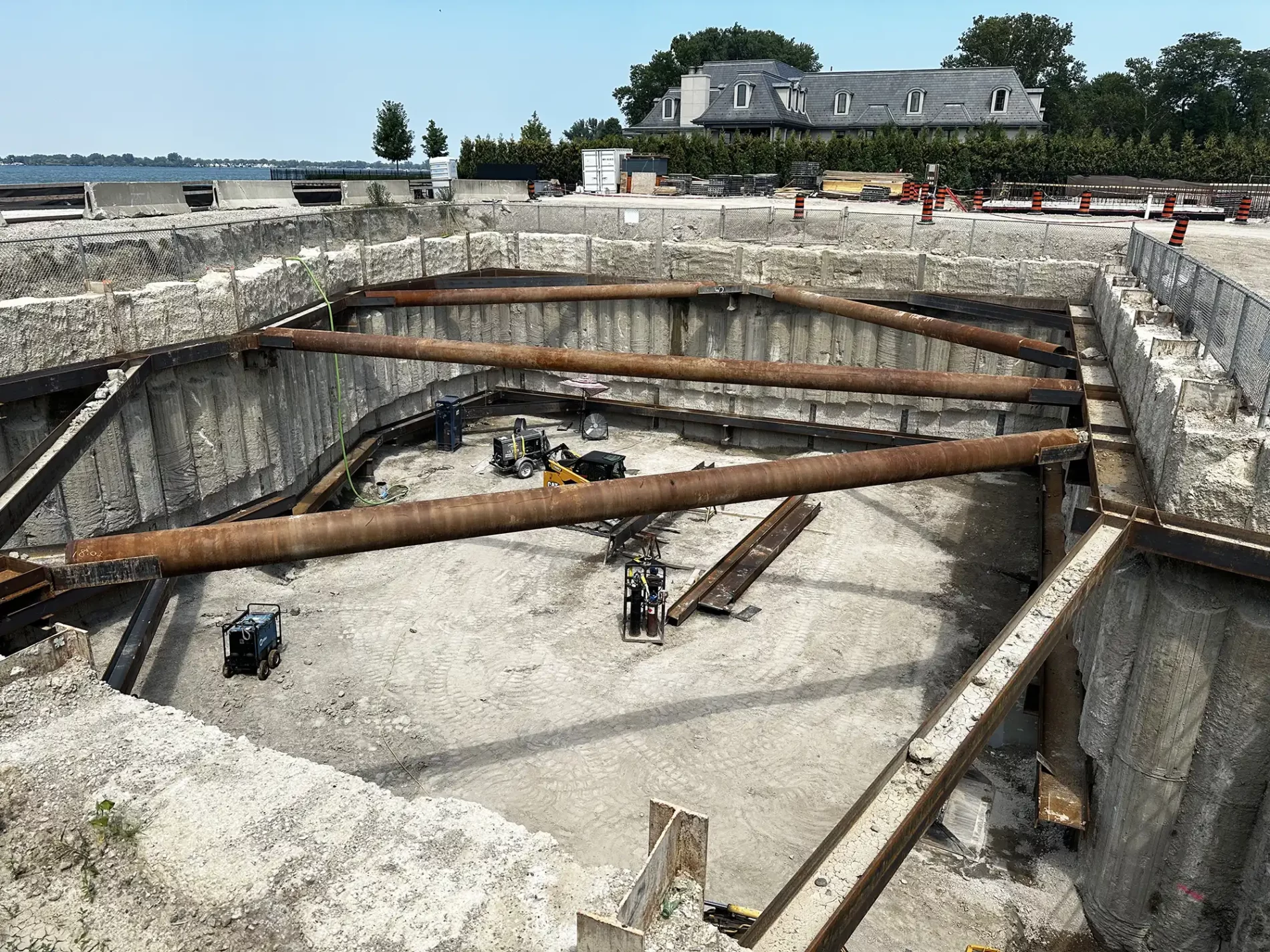
As HC Matcon has expanded, pile driving has become another important part of its business. “As the company has grown, we’ve started executing different scopes and different construction methods,” Dawson explains. “We won a very large pile-driving contract for the NextStar EV battery plant in Windsor, which at the time was the largest private investment in Ontario. Pile driving is where you use a hydraulic or diesel hammer to drive a beam into the ground. Tooling up for that project, we acquired more cranes and grew to be dominant in that sector.”
The NextStar Energy project remains one of HC Matcon’s flagships. Building on that momentum, the company delivered a driven-pile solution for South Niagara Hospital. “Because of the fleet and capabilities we developed for Windsor,” Dawson says, “we were able to take on this next project, which was very schedule-oriented because they were anxious to get hospitals up and running.”
When HC Matcon first began, its core business lay in residential construction. “We had primarily done a lot of work in residential sectors, which in Canada has become relatively stagnant now,” Dawson explains. “We’re somehow experiencing a shortage of homes, but the homes are costing too much, so they’re not getting built.”
In response, the company has pivoted strategically. “Thankfully, one of our strengths is our ability to innovate and move between sectors,” Dawson says. “As residential began to slow down, we changed gears and focused more on infrastructure projects.”
HC Matcon has since moved decisively into civil, infrastructure, and industrial work. “We see a lot of companies struggling in the industry, but we’ve been able to secure larger projects like battery plants and hospitals,” Dawson notes. “As the country’s population grows, there’s a rising need for wastewater and storm-water pumping stations too, and we’re fortunate to have people on our team with experience in that area.” A prime example is the St. Rose Stormwater Pumping Station at St. Rose Beach Park, which demonstrates the company’s capacity to manage challenging soil conditions. “When we’re doing shoring we can use a cantilevered system up to a certain depth,” Dawson says. “When depths exceed those limits, we use either internal or external bracing. If you imagine a square excavation, internal bracing holds the sides from within, while external bracing uses tie-backs—angled rebar that’s grouted in place. The adhesion of the grout and the weight of the ground above hold the excavation open.” The choice of method depends on many factors, including negotiations with surrounding properties and, ultimately, soil type. In the case of St. Rose, internal bracing proved the best option, enabling HC Matcon to manage difficult ground conditions and support expanded stormwater capacity for a growing population.
Looking ahead, Dawson hopes to see a revival in residential construction, which would mark a step toward addressing the national housing shortage. “We just finished a project for affordable housing units in St. Catharines,” he says. “That city has a large homeless population. As constructors we feel a responsibility to help our communities. On this project we were able to innovate and reduce costs, which helped us win the work while also keeping prices lower for those who need it most.”
HC Matcon understands the broader implications of the housing crisis—not only its impact on the general population but on vulnerable communities as well. With more than two decades of residential experience, the company is ready to re-enter that market when conditions improve.
However, a return to residential construction will not mean stepping away from the industrial sector. “I believe we’ll continue to see strong demand in infrastructure,” Dawson says. “The government has invested heavily in battery-plant development, so we’ll keep our eyes on large private-industrial and infrastructure projects.”
At every level, HC Matcon’s operations are underpinned by a commitment to sustainability and waste reduction. “It goes back to our essence,” Dawson says. “Our strength lies in design. Shoring is relatively niche; a lot of it depends on experience and data. Sometimes we see newer engineering grads designing shoring systems and using excess material—heavier steel or stronger concrete than necessary. We focus on providing the safest and most efficient design, and through that we reduce waste.”
“Shoring is relatively niche; a lot of it depends on experience and data. We focus on providing the safest and most efficient design, and through that we reduce waste.”
That efficiency, he adds, cuts both costs and emissions. “If holes are deeper than they need to be, machines run longer, consuming more fuel and materials. By optimizing design, we save time, money, and carbon.”
While HC Matcon has its sights set on continued growth, its priorities remain unchanged. “It’s always the plan to grow,” Dawson says, “but our growth is ensured only by the quality of the work we perform. We’d never prioritize expansion over quality, because it’s our returning customers—those who’ve seen our work firsthand—who keep us moving forward.” That commitment extends to the company’s own workforce. “As we grow, we want to keep as many of our people as we can,” he adds. “There’s a shortage of homes and also a shortage of skilled workers. We won’t compromise safety or bring in people without the necessary experience for complex jobs. Residential work is less specification-driven, but infrastructure and industrial jobs require seasoned professionals, and we rely on people who know the industry inside out.”
HC Matcon’s success rests on its ability to pivot between markets, leverage in-house expertise, and deliver innovative designs. Backed by the values of Teamwork, Innovation, Service, and Sustainability, the company looks forward to many more years of success in the specialized business of earth-retention shoring.


